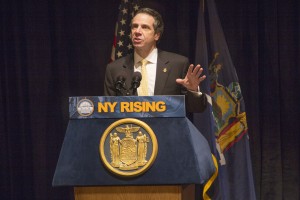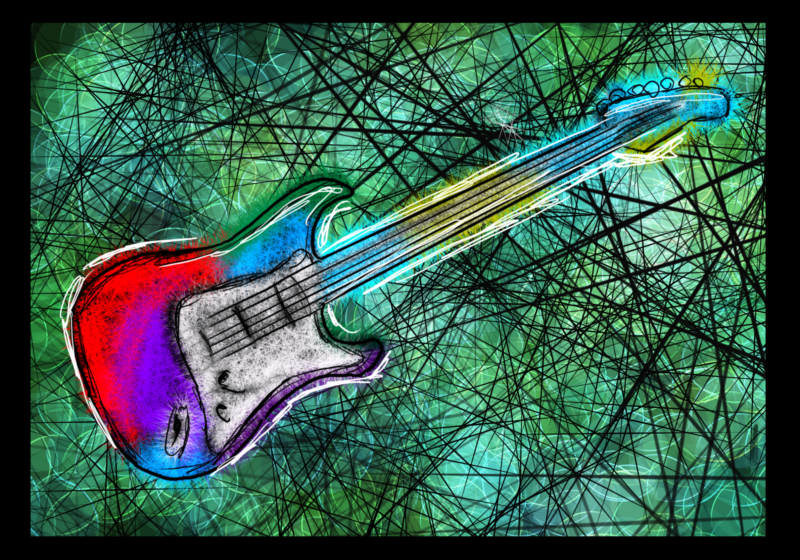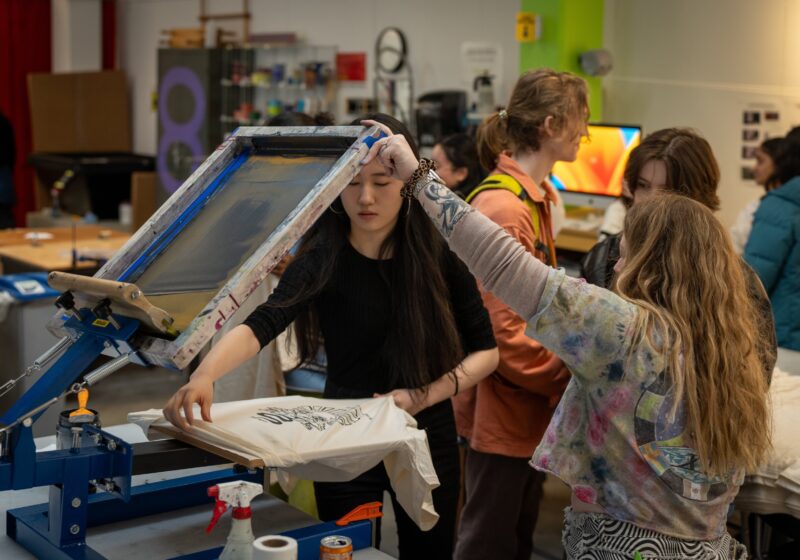If the New York State budget passes on time this year, Governor Andrew Cuomo will be three for three. The last time three consecutive budgets were passed on time was 1984.
This year, “the ‘one-two’ punch for New York State is jobs and education,” Cuomo explained to a packed Kilbourn Hall last Thursday, Feb. 21. His “State of the State” address, which he dubbed “NY Rising,” outlined his budget and plan for the coming year.
The address, which Cuomo likened to a “broad brush of the vision for the year,” is traditionally given to New York State legislature. Instead, Cuomo presented it at UR in a public setting because he believed it to be more akin to his mission as governor.
“I don’t work for the politicians in Albany, I don’t work for the legislature,” he said. “We work for the people of the State of New York.”
His plan consisted of four main tenets: attracting job creators to NY, improving education, maintaining fiscal integrity, and restoring the state as the progressive capital.
During his past two years in office, Cuomo claims to have enacted an “entrepreneurial government,” what many would call an oxymoron.
“That’s our point,” he said. “Maybe it is [an oxymoron], but it doesn’t have to be. Why can’t government be creative — lean and energetic and facilitating rather than obstructive.”
He plans to focus mainly on the first agenda item — the economy.
“Economic development is the engine that drives the state and pays the taxes,” he explained.
Cuomo wants to keep both the jobs and people here in NY by making it a positive location for businesses to operate, claiming the “myth that we have to deconstruct is that NY is the tax capital of the nation.” For the third year, Cuomo is working to debunk this myth and, consequentially, has no tax increases as part of his budget.
The economic plan is two-fold, first focusing on regional economies, then on what he calls “innovation hot spots.”
We have beautiful diversity in this state,” Cuomo said. “We are not a vanilla state.”
While his plan is to not impose a single model from Albany, one commonality that can be applied in every region is the idea of “tech transfer,” or the transfer of education, research, and development to commercial success. Cuomo lamented the fact that although NY has the first part, top-notch educational institutions, the graduates often move to other states.
To keep the technology and talent from leaving, Cuomo wants to encourage business development with these tax-free, innovation hotspots, which also include direct partnerships between institutions of higher learning and private-sector companies. The state also plans to support these business partnerships with a $50 million venture fund.
“All this support on one condition,” Cuomo said. “They stay in the state of NY, they grow in the state of NY, [and] they create jobs in the state of NY.”
He also plans to save businesses an estimated $1.3 billion by overhauling a variety of programs, including workers’ compensation.
Cuomo’s economic plan goes hand in hand with his second tenet of education improvement since “business goes where the educated talent is.” His education reform partly focuses on the improvement of the SUNY/CUNY system, adding in specific job training programs with direct employer linkages.
Cuomo feels the job-linkage program will be a success because more and more jobs are returning from overseas.
“We have 210,000 unfilled jobs in the state of NY,” he said. “That’s our opportunity.”
He has also prioritized increasing the time younger children spend in school as well as mandating early and pre-kindergarten education programs.
“I believe this is the direction we have to go,” Cuomo said. “We want our children to compete internationally, which is what they are going to be doing. We want them to be prepared. But this is going to be a significant shift, and sometimes change comes slow.”
To “offer local school districts the opportunity to spend more time educating,” the state will fund 100 percent of the subsequent cost. He made no mention of the longevity of this monetary promise.
“[Whether it’s] more time in the afternoon [or a] longer year so there’s less vacation, if they choose to do that, the state will pay,” he said in a brief press conference after the address. “But it’s at the option of the school districts.”
When asked whether he felt that more education really meant better education, with longer school days cutting into experiential co-curriculars, Cuomo replied that he doesn’t “think one is the enemy of the other.”
“You have other countries that educate their children more than this country does,” he explained. “Students who are coming out today, they are going to be competing internationally. If other countries are spending more time educating, that’s an issue we have to deal with.”
Cuomo also plans to raise the minimum wage to $8.75 an hour and add a focus on Upstate NY. According to Cuomo, during the past 10 years, Upstate grew 5 percent, the state grew 11 percent, NYC grew 16 percent, and the country as a whole grew 9 percent.
“Upstate NY is being left behind economically, and that has to be a priority for us,” he said.
As Cuomo moved towards his conclusion, he addressed sweeping social concerns.
“While education and economic opportunity are the ‘one-two punch,’ and they’re the engine that pulls the train, there is more to NY,” he said. “NY is the equality capital of the nation. We always have been.”
Alluding to Ellis Island, the previously passed marriage reform law, and the birthplace of women’s rights in Seneca Falls, and accompanied by a clever video featuring statistics and babies, Cuomo introduced his plans to pass a comprehensive women’s equality act. He also publicly supported a woman’s right to choose.
Before closing, Cuomo briefly discussed the recent gun reform law, the New York Secure Ammunition and Firearms Enforcement Act of 2013.
“This is not just about the past few weeks,” he said. “This is a situation that has gone on for decades and decades, and we have lost hundreds if not thousands to gun violence unnecessarily. Yes, we have the Second Amendment. Yes, we have the right to bear arms. But we also have the responsibility as a society to protect people and keep them safe.”
Cuomo also demonstrated his sincere respect for the elected officials who passed the act by asking those in attendance to stand.
“Elected officials are supposed to do the right thing, but sometimes it’s hard to do the right thing,” he said.
Cuomo finished with with a dichotomously solemn and sentimental conclusion, thanking President Obama for the nearly $30 billion of disaster aid after the three recent storms.
Ending on a high note, Cuomo mentioned how these storms brought the state together like a family overcoming a tragedy.“It reminded me that when we come together, there is nothing we can’t do,” he said. “Our differences are not important, the commonalities are important. We’re New Yorkers, we’re human beings. If we are united and we are focused and we are pulling in the same direction, there is nothing we can’t do.”
Esce is a member of the class of 2015.






